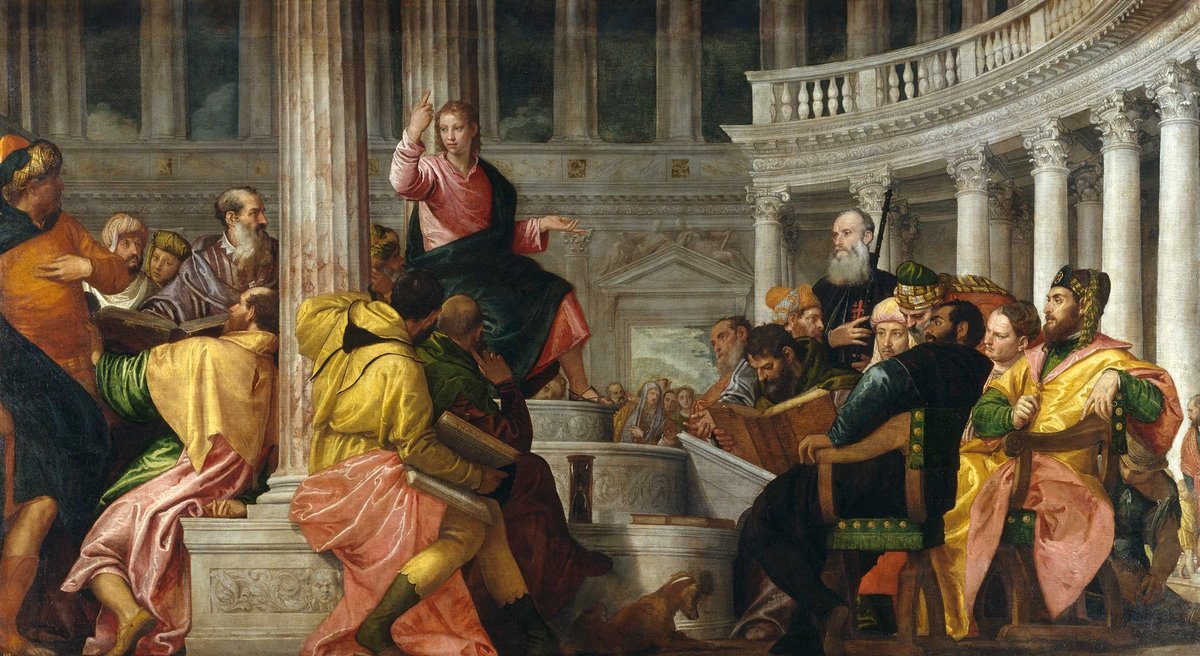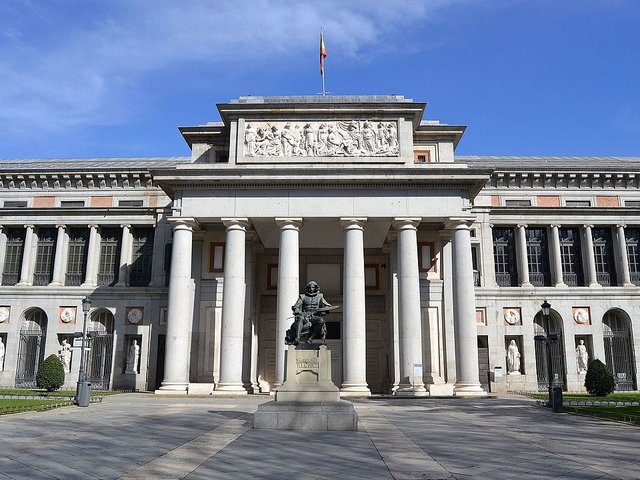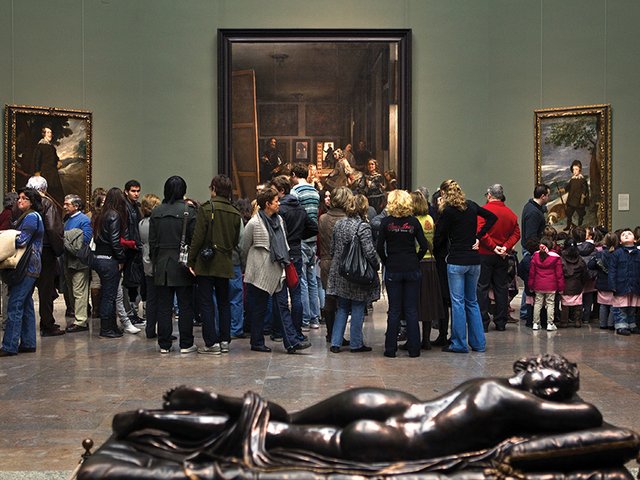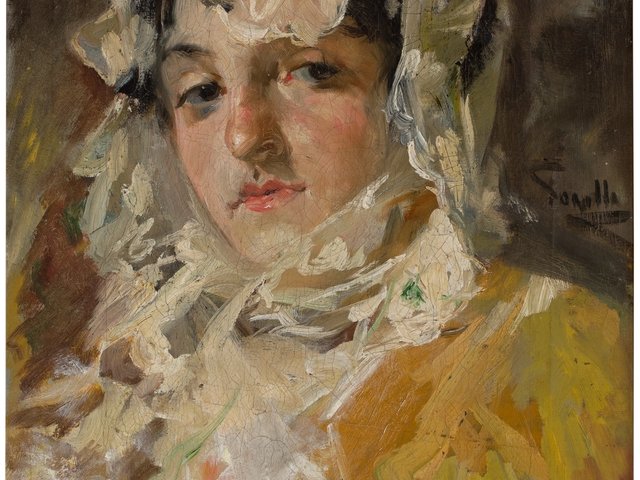During an unusual spate of rainy weather last month, residents of Madrid were looking for any excuse to stay indoors. But over at the city’s Museo del Prado, Spain’s flagship cultural institution, the crowds waiting to get in stretched as usual right around the Neo-Classical museum building, decorating the beige façade with a steady display of multicoloured umbrellas. “We had record numbers in 2023 and 2024,” says Prado director Miguel Falomir, of the museum’s annual attendance figures, which are now just shy of 3.5 million. This bounty of ticket sales, he adds, means that the museum is running a budget surplus.
Times have rarely been this good at the Prado, and that can be credited in no small part to Falomir’s stewardship. After taking over in 2017, he saw the museum through its triumphant bicentennial year in 2019, and then through the crucible of the Covid pandemic, after which it has emerged even stronger than before. This year, the director, 58, has felt comfortable enough to add what amounts to another full-time job to his executive duties—that of curator.
In May, the museum will open Falomir’s Venetian Renaissance exhibition Paolo Veronese (1528-88), which the director is planning together with Enrico Maria dal Pozzolo, the Italian professor and scholar. Meanwhile, he is also readying the museum for a dramatic expansion that will create a pedestrianised Prado campus, as he calls it, linking up the museum’s original premises with four other nearby structures, including the new complex’s signature endeavour, the renovation of a 17th-century royal throne room, the Hall of Realms. A surviving fragment of Madrid’s Buen Retiro Palace, most of which fell victim to the Napoleonic Wars, the hall will get a complete reinvention in a plan designed by Norman Foster + Partners and is set for completion in 2027.
Speaking at his office overlooking Madrid, Falomir chats calmly, if a little coolly, about the Foster plan, which is finally back on track following several delays. After the building work is finished, the goal will be to reconvene the second floor’s original 17th-century display of works of art, conceived by the court painter at the time, Diego Velázquez. In turn, Foster’s wholly new, blank-slate top floor, Falomir says, will likely be used for temporary shows.
Twenty years in the making
The director grows much more animated when the subject turns to his Veronese show, which he has been mulling for nearly two decades, dating back to his landmark 2007 Prado show about Veronese’s contemporary, Jacopo Tintoretto, when he was the museum’s head curator of Italian and French Renaissance painting. The Veronese exhibition will be the very first show Falomir has planned in its entirety while serving as director, and he is devoting what he calls “my free time, my weekends and my vacation” to bring it to fruition.
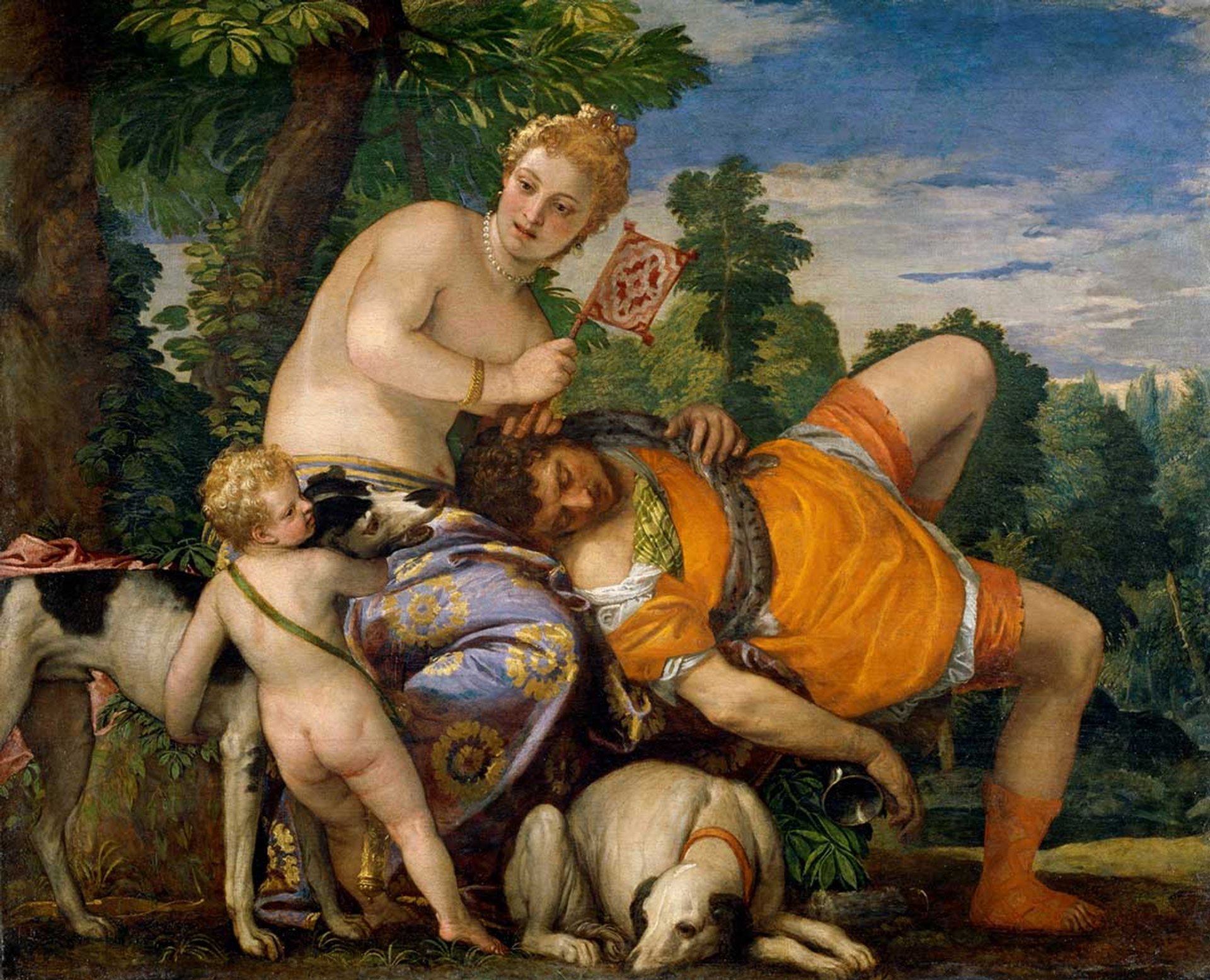
Veronese’s Venus and Adonis (1580s) will be among around 100 works on show at the Prado’s major exhibition celebrating the Venetian Renaissance artist next month
© Museo Nacional del Prado
Featuring some 100 works, including major loans from the Louvre and New York’s Metropolitan Museum of Art, the show will be in stark contrast to Falomir’s 2003 breakthrough Prado show, devoted to Titian, which first brought him international attention.
While giving a comprehensive overview of Veronese’s works, from small to large to immense, the new show will include works by Raphael, who influenced the young Veronese. There will also be works by artists who in turn demonstrate the Verona-born Venetian artist’s own posthumous impact, including Peter Paul Rubens and the Carracci of Bologna.
The new show is a culmination of Falomir’s career-long interest in Venetian art but it also represents a departure. When he did the Titian show, he explains, “there were only works by Titian.” But now he realises that “artists are not islands”, and giving Veronese his due means reaching both backward and forward in time.
Current taste places Veronese, known for his extravagant banquet scenes and sumptuous costumes, a distant third behind Titian and Tintoretto. But back in the 17th and 18th centuries, Falomir explains, it was actually Veronese who was in greater demand. This led to a wide dispersal of his works among the royal courts of Europe—a challenge, these days, in putting together a show.
Luckily, Falomir confesses, “almost everything I had on my dream list, I got.” He cites the 4.5m-wide dynamic painting, Feast in the House of Simon (around 1560), from Turin’s Galleria Sabauda, and the Met’s luscious Mars and Venus United by Love (1570s).
Veronese also suffers from having been what can only be called a nice guy. Unlike Michelangelo or Tintoretto, Veronese “didn’t have problems with anyone”, Falomir says. And though contemporary audiences may want to latch onto artists whose biographies can offer plenty of drama and discord, the new show will demonstrate that Veronese was nothing if not “a painter’s painter”.The Prado is especially well suited to proving this point, offering access to more paintings by the Veronese followers Rubens and Velázquez, not to mention Goya, than any other museum.
Quantity plus quality
The Prado’s deep holdings of first-rank artists, not to mention a distinct lack of the second-tier art that often fills out the galleries of other Old Master collections, gives the museum a special mystique among art lovers. In 2007, when the Prado undertook its first substantial expansion, the late art critic Robert Hughes proclaimed it “the greatest museum of pure painting in the world”.
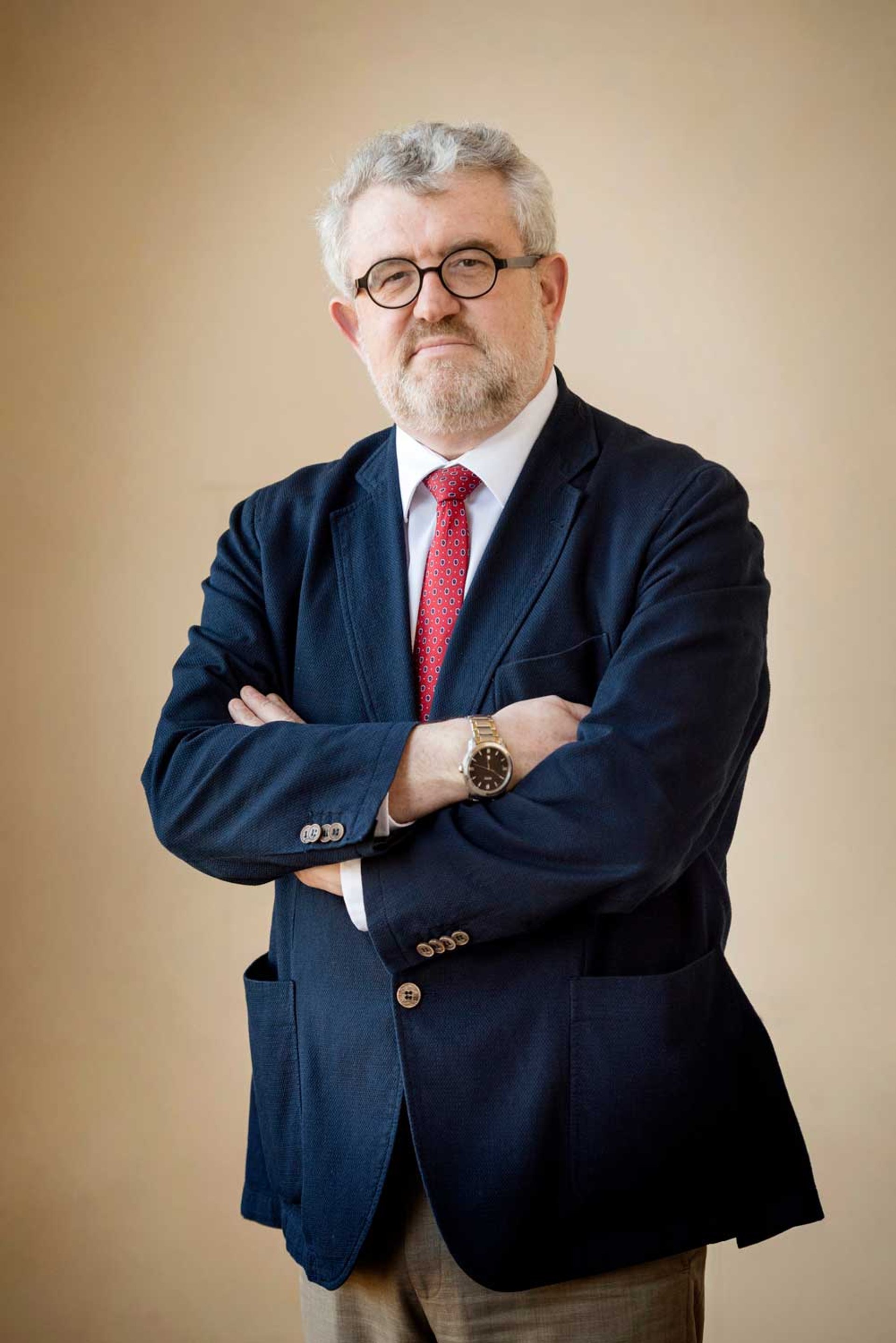
Miguel Falomir: “almost everything I had on my dream list, I got”
© Museo Nacional del Prado
Falomir has overseen an expansion of the Prado brand, adding shows devoted to Modern and contemporary art, along with a resident-writer programme that has hosted Nobel Prize winners, including the novelist J.M. Coetzee. Given the museum is now operating beyond its capacity (the 2007 expansion planned for annual attendance of around 2.5 million), is there really a need to attract ever more visitors? Absolutely, Falomir argues. “You have to somehow connect with the contemporary public, or else you’re frozen in time,” he says. “In the same way that I don’t like overcrowded museums, I don’t like empty ones.”
- Paolo Veronese (1528-1588) is at Museo del Prado, Madrid, 27 May-21 September


